Cloisonn é enamel is a traditional Chinese craft. Ma Liangshun, a representative inheritor of intangible cultural heritage in Ulanhot City, inherited the gourd pyrography technique from his father. After years of exploration and innovation, he pioneered the gourd cloisonn é enamel technique, which has smooth lines, exquisite patterns, and high artistic and aesthetic value.

INTRODUCTION TO CLOISONNÉ ENAMEL
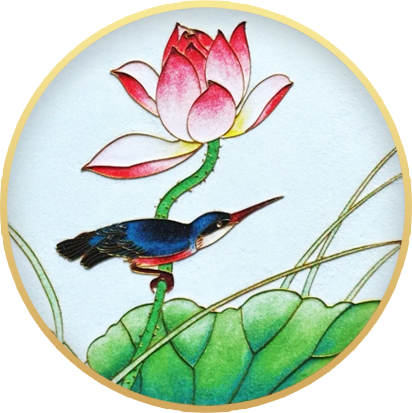
CLOISONNE
Cloisonn é enamel, also known as cloisonn é, has a history dating back to the late 13th century. At that time, the “Great Food Kiln” craft from the Arab region was introduced to China via the Silk Road and took root and sprouted in the palace workshops of the Yuan Dynasty capital (now Beijing). During the Jingtai period of the Ming Dynasty (1450-1456), this technique reached its peak and was named “Jingtai Blue” due to the frequent use of gemstone blue glaze. Copper cloisonn é enamel vessels, with their luxurious appearance resembling a “golden body and jade robe,” have become a symbol of imperial use.


WORKS SHOW

Inherit and promote excellent traditional Chinese culture
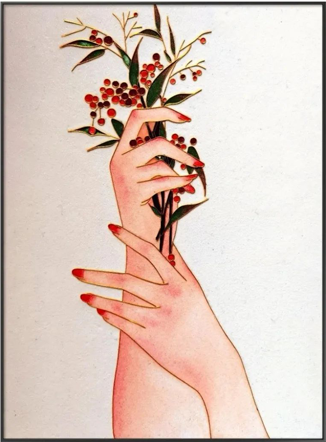

Pinching silk is like embroidery, dots blue are like dyeing
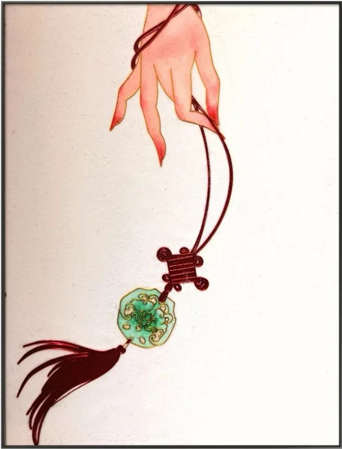

Incorporating the rugged and heroic spirit of nomadic culture
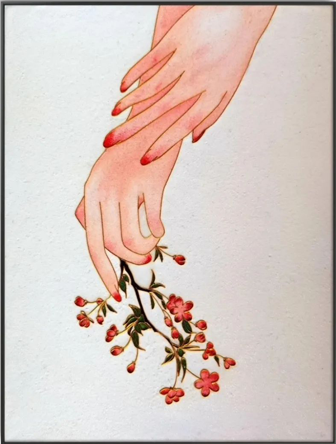


QUENCHING PROCESS
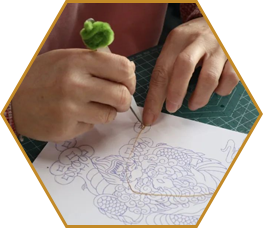
TIRE MAKING
Using purple copper as the bone, cutting, pounding, and welding to shape the prototype of the vessel
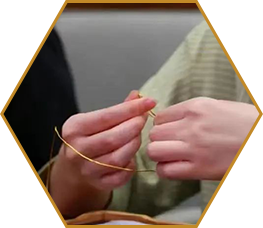
PINCH SILK
Flatten the copper wire to a thickness of 0.2 millimeters, pinch out the pattern according to the pattern, and ensure that the interface is tight and the lines are smooth
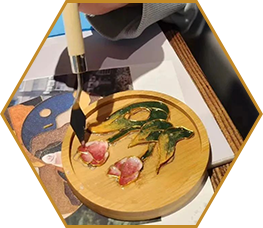
DOT BLUE
Grind natural mineral glaze into powder, fill the gaps between copper wires, and require layered firing. Each layer is quenched in a furnace at 800 ℃
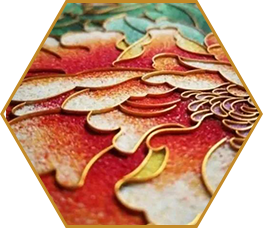
GOLD-PLATED
After rough grinding, fine grinding, and polishing, the final product is coated with 24K gold, presenting a gem like luster


TRADITIONAL AND MODERN SYMPHONY
It combines traditional flowers and birds, cloud patterns, as well as grassland symbols such as yurts and carts. The work “Delicate Jade Hand” by the inheritor of intangible cultural heritage, Bao Yulan, is inspired by the patterns of Mongolian clothing. The continuous long patterns outlined by gold thread symbolize the endless vitality of grassland culture.
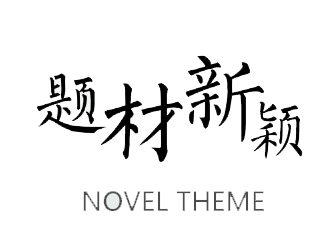
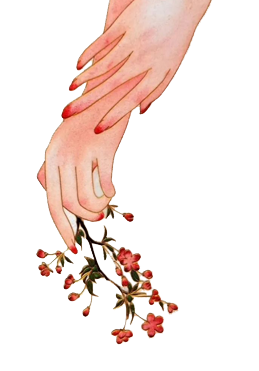


Combining cloisonn é enamel with sand painting to create a new form of “enamel sand painting”. In “The Golden Felt House,” the golden thread outlines the outline of the hut, while the colorful sand fills the undulations of the grassland. The flowing motion of the sand grains contrasts with the eternal luster of the enamel.
Enamel cloisonn é has become the “golden key” to rural revitalization. Disabled person Chen Xi (pseudonym) mastered the technique through training. He said: When pinching, the copper wire jumps on his fingertips, as if the wind on the grassland brushes through his heart.
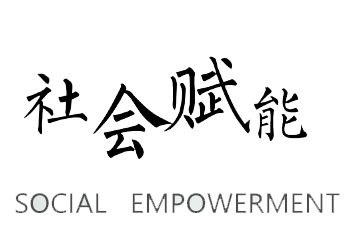

ENAMEL CLOISONNÉ IS A DIALOGUE BETWEEN THE GRASSLAND AND THE WORLD


CONTACT US
0471-5263958

COMPANY LOCATION
Inner Mongolia Autonomous Region

E-MAIL
556589464@QQ.COM